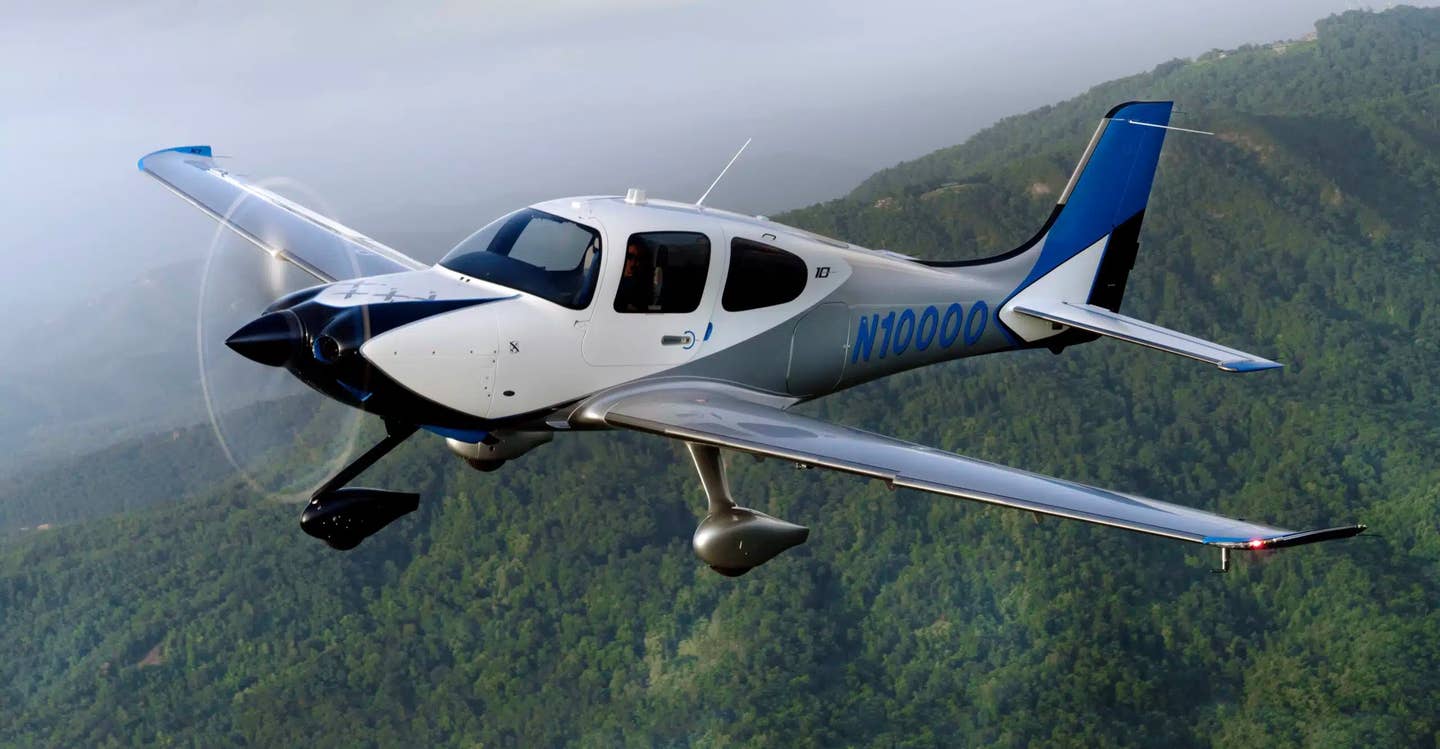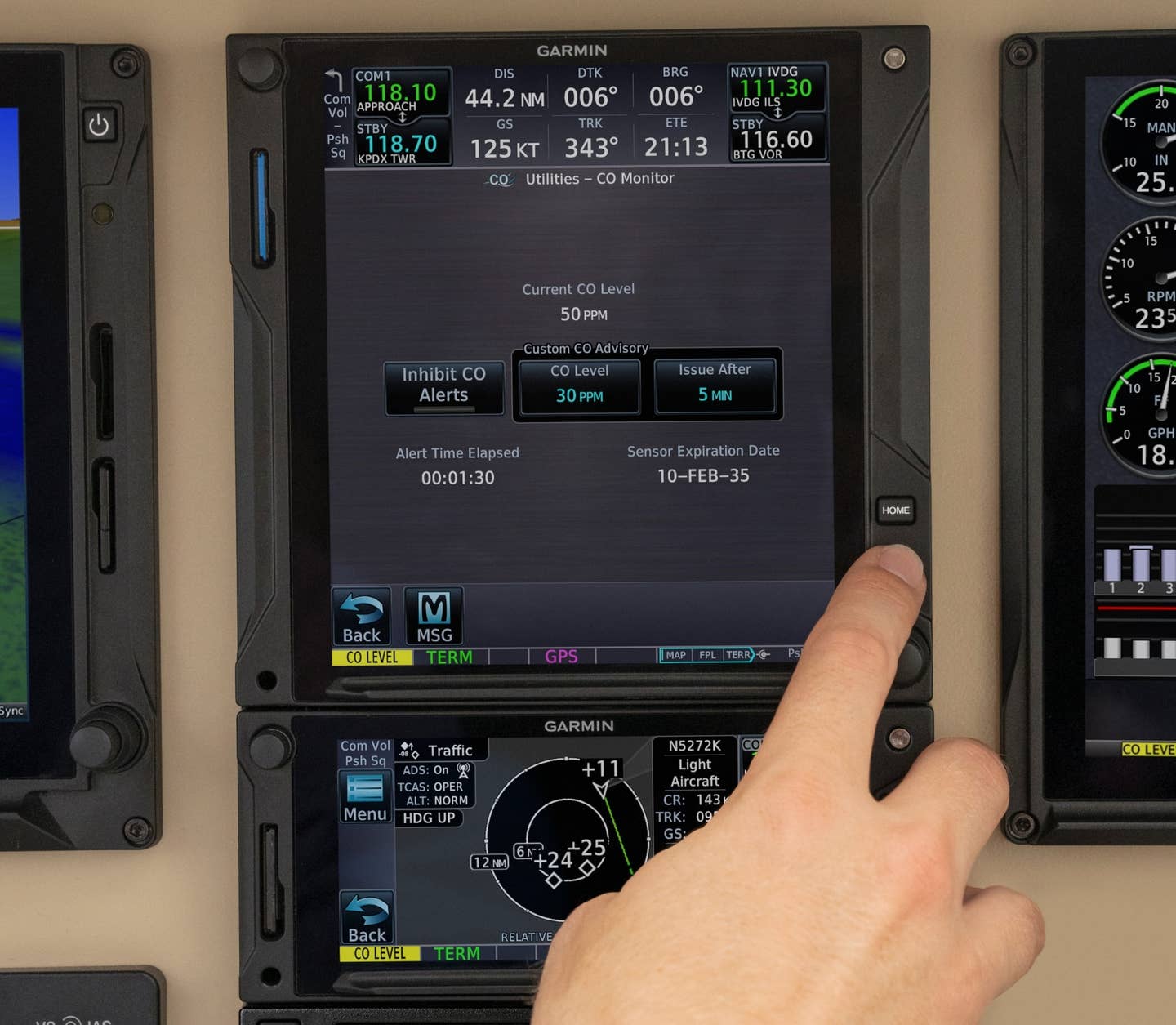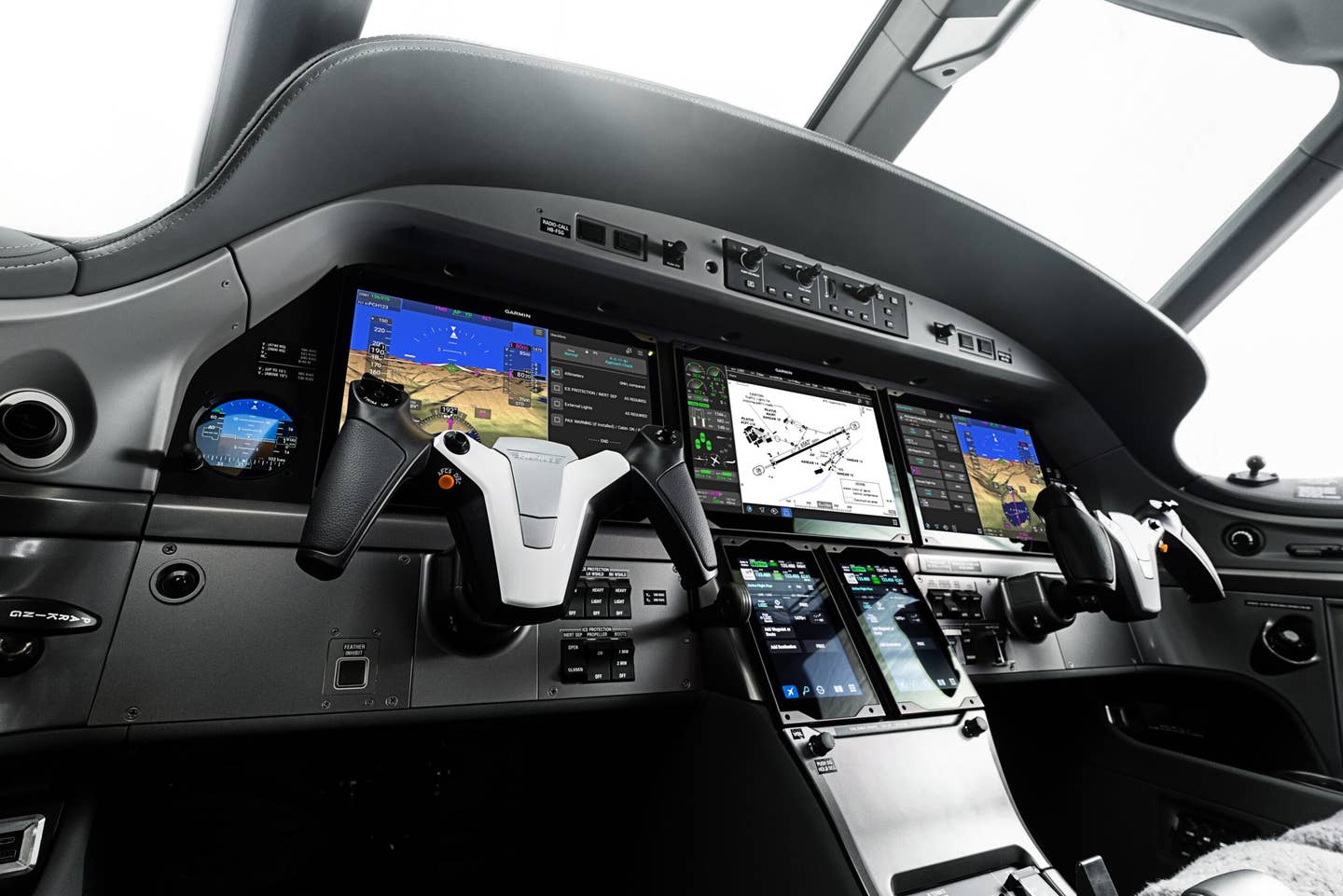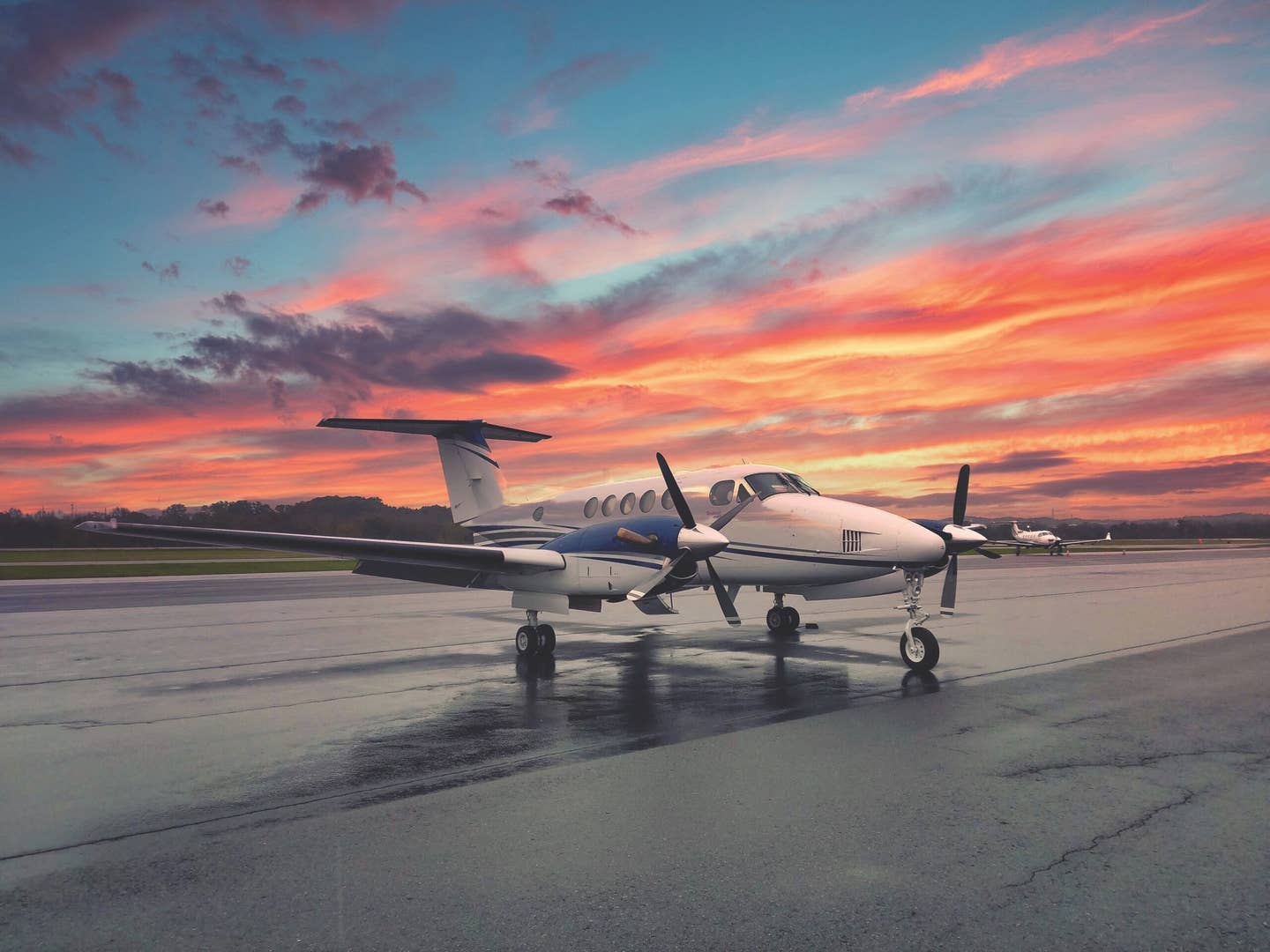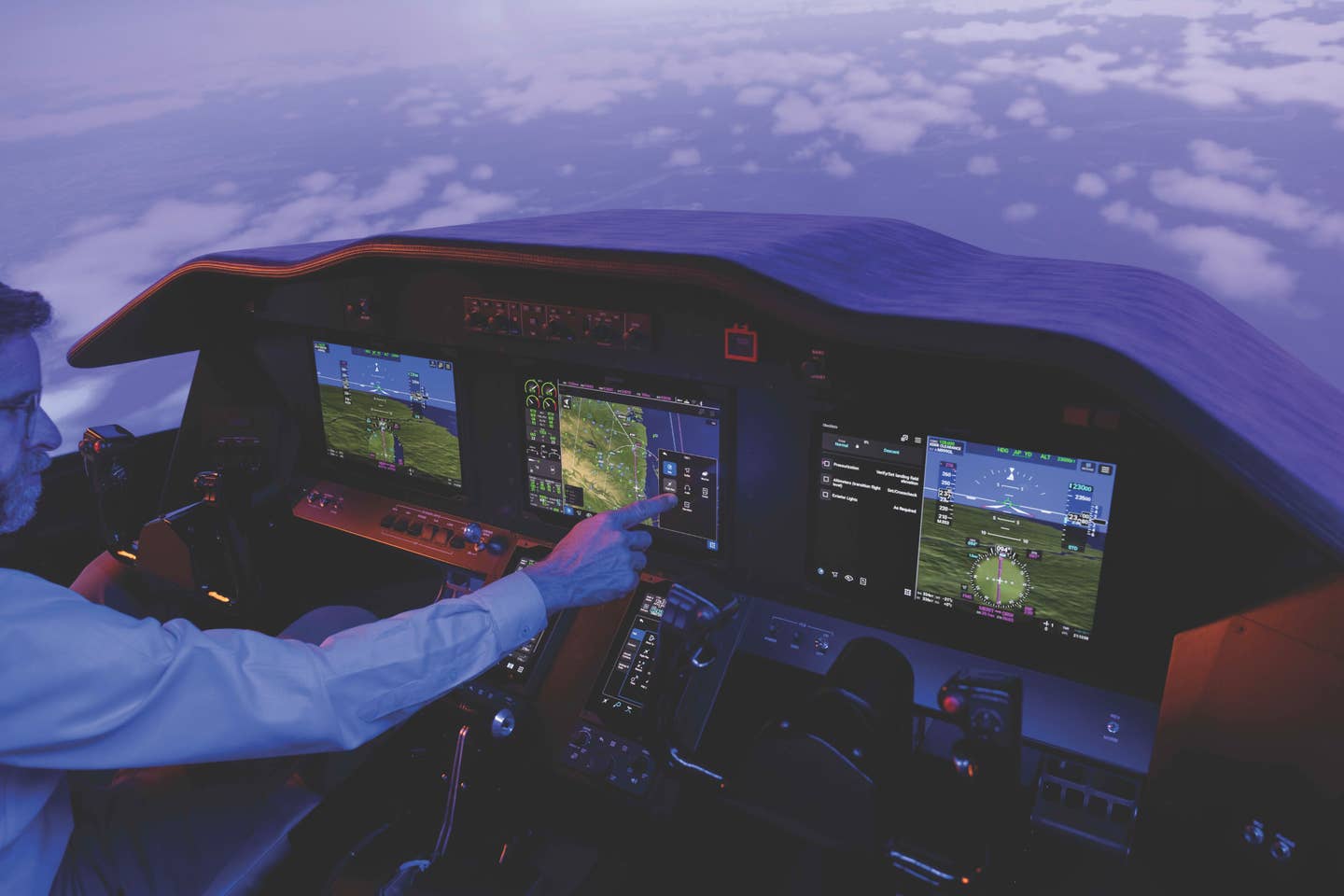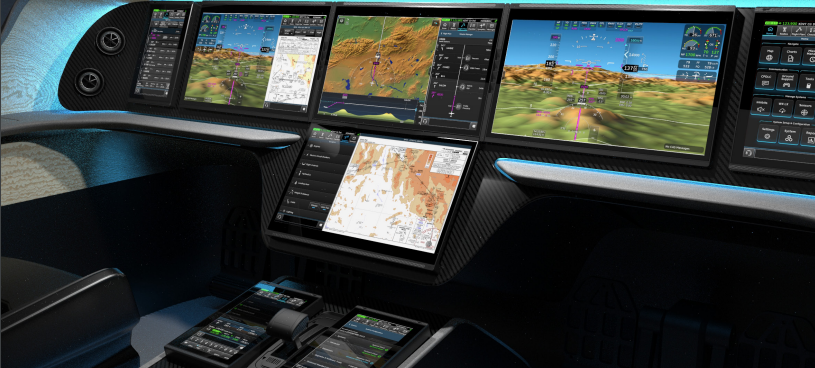
Honeywell says its Anthem avionics suite will use “always on” connectivity and flexible system architecture to create a seamless environment for pilots on a nearly limitless range of aircraft. Honeywell Aerospace
Even before his colleagues had lifted the curtain on what’s arguably Honeywell’s biggest leap forward since the company’s Primus Epic was first announced in late 1996, Jason Bialek, product line director for Honeywell Aerospace, asked the pointed question:
“What is the biggest challenge to solve in a pilot-centered flight deck?”
One initial answer: How do you bring to the pilot all of the information and tools they now have at hand without severing their connection to the environment through which they fly?
With the debut of its Anthem flight deck, Honeywell proposes to address just that by keeping the pilot within a seamless space—enveloped in apps and targeted information—from the time they conceive a flight plan and climb on board the airplane, until they stop in the chocks at the other end.
Honeywell debuted the Anthem avionics suite for a wide range of platforms, including single-engine turboprops, business jets, transport category aircraft, rotorcraft, and VTOLs. The company posits that the scalable, flexible flight deck will enable the integration between pilot, aircraft, and environment regardless of the aircraft.
Indeed, the customizable software underlying the shiny new hardware can be adapted to fit “virtually every type of aircraft and flying vehicle,” according to company representatives. This point was emphasized by the fact Honeywell demonstrated the flight deck in a simulator based upon the Pilatus PC-12 at its launch event in New York on Tuesday evening—and had in attendance customers spanning the matrix from Bombardier to Boeing, with a special appearance from Lilium chief operating officer Yves Yemsi.
“Honeywell is not just launching a new flight deck today—we are changing the way pilots operate aircraft and creating a more intuitive experience than ever,” said Mike Madsen, president and CEO, Honeywell Aerospace. “In the same way we moved from flip phones to smartphones, Honeywell Anthem will transform the pilot experience with customizable controls operated quickly and easily with a few swipes of the finger.”
What’s On Board
After Madsen’s introduction to Anthem at the event, the team launched into an overview of the flight deck’s development. Vice president and general manager of Honeywell Aerospace Avionics Vipul Gupta identified four key areas in which technological advancement since Epic’s debut has powered the new concept:
- Reduction in the weight of an average laptop computer equates to a 50 percent reduction in the weight of the hardware powering Anthem.
- Connectivity is now reaching ubiquity, utilizing cellular, satellite, and WiFi networks.
- Creative integration with complex aircraft allows for those vehicles to function with greater autonomy—automating manual tasks for single-pilot cockpits, or complex tasks to reduce workload overall.
- Scalable, flexible software architecture enables disparate systems and third-party apps to come together to deliver information to pilots from preflight to postflight.
The flight deck features large multifunction displays with touch functionality and uses that connectivity to deliver “always on” access to data. This allows outside applications—including early partner ForeFlight—to display information such as weather and flight plan information on the screen alongside other aircraft systems and flight instruments.
Using apps like ForeFlight as an example, Gupta illuminated exactly how the flight deck would potentially link the preflight preparation completed at home by the pilot with the arrival at the hangar and aircraft initialization.
Currently, pilots blend use of a tablet with an EFB app with websites for preflight data—such as a weather cam at the destination airport, and possibly other apps for flight department tools. Through the use of Anthem’s flexible—yet secure—browser, Honeywell projects that most any app or data feed short of Netflix could be displayed up front.
A New Perspective
ForeFlight was in use on the flight deck demo at the event, and the app helped show off another feature of Anthem—Honeywell’s SmartMap protocol. This functionality allows the pilot to expand a base map, for example, from one display across to others, widening the view instead of losing information when zooming in or out—like opening up the entire chart again, and laying it across the panel.
Anthem also features a stunning new iteration of Honeywell’s runway overrun alerting and awareness system (ROASS)—an evolution of the runway awareness and advisory system (RAAS) first certified in 2004. ROASS calculates a position based on the aircraft’s total kinetic energy state and depicts on the runway—and shifts the pilot’s perspective on the PFD from a POV to a bird’s-eye view in the event of a loss of thrust on takeoff, landing overrun, or other emergency.
“When you combine unprecedented connectivity and new features with our brand new, intuitive user interface that can be tailored to look and feel exactly how a pilot wants, you’ve got a truly game-changing system,” Gupta said. “Honeywell Anthem is going to bring us closer to our shared industry goals of better pilot experiences and more autonomous flight.”
Honeywell anticipates certification for Anthem on its first aircraft platforms in 2024.

Sign-up for newsletters & special offers!
Get the latest FLYING stories & special offers delivered directly to your inbox

